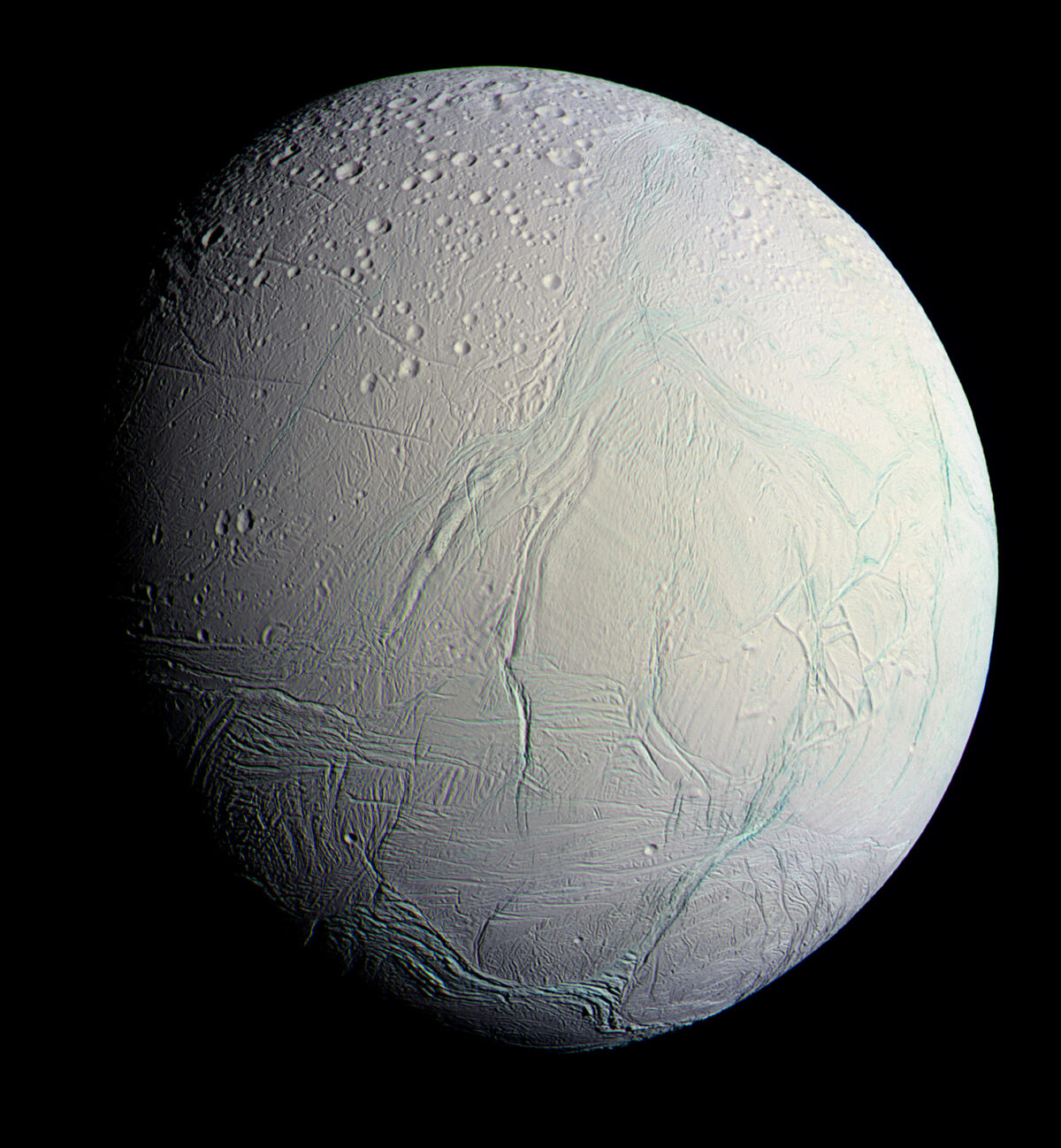The Downlink • Apr 22, 2022
Our planet’s day in the sun
Space Snapshot

Today is Earth Day, an annual celebration of our home planet that encourages environmental stewardship. When we explore space, we are reminded that Earth is a unique world. With abundant surface water, its protective magnetosphere and atmosphere and an astonishing diversity of life, our planet is undeniably special — and worth celebrating. Pictured: A photo of the Earth taken from the vantage point of the Moon, by NASA’s Lunar Reconnaissance Orbiter. The photo is dubbed “Earthrise.” Image credit: NASA / GSFC / ASU.
You love space, now take action
This weekly newsletter is your toolkit to learn more about space, share information with your friends and family and take direct action to support exploration. Anyone can subscribe at planetary.org/connect to receive it as a weekly email.
Mission Briefings


Mars Sample Return and a mission to Uranus are the top priorities for U.S. planetary scientists. On Tuesday, the much-anticipated Planetary Science Decadal Survey was released by the National Academies of Sciences. This once-a-decade report identifies the most important questions facing planetary science — and the missions needed to answer them. Our analysis explains the top takeaways and is a must-read for space advocates. Image credit: NASA / JPL-Caltech

The U.S. will end anti-satellite (ASAT) missile tests and is calling on others to follow suit. On Monday, April 18, Vice President Kamala Harris called the tests “dangerous” and hopes the self-imposed ban on them will help prompt “new norms for responsible behavior in space.” ASAT tests have been widely criticized for creating massive amounts of debris in orbit.

NASA’s Ingenuity is gearing up for its second year. The tiny helicopter was supposed to be a tech demo — now, it’s completed 26 flights on the red planet. In its next science mission, Ingenuity will help map out Perseverance’s pathway up the Jezero Crater’s ancient river delta.
From The Planetary Society


The Planetary Society intends to vigorously advocate for the priorities announced in the decadal survey. Read our official statement of support for its recommendations, including a mission to Uranus, the continued development of Mars Sample Return, the completion of the Near-Earth Object (NEO) Surveyor space telescope mission and an Enceladus orbiter and lander. Image credit: NASA / JPL-Caltech / SSI / Kevin M. Gill

Stars from across the Star Trek galaxy are lending their support to The Planetary Society. Among them are George Takei, Kate Mulgrew, Tim Russ, John de Lancie and Planetary Society board member Robert Picardo. Takei shared, “As you know, I have been very proud of my association with Star Trek… I want you to know about a very special organization called The Planetary Society. They are working to make the future that Star Trek represents a reality.”

How much junk is in Venus’s trunk? No really, how much junk is actually on Venus? And Titan and Mars for that matter? Let us take you on a tour of the space trash (or is it treasure?) in our solar system.

Yuri’s Night, the world’s biggest space party, returned in person for the first time in two years. Planetary Radio host Mat Kaplan joined the Los Angeles celebration of humanity becoming a spacefaring species and chatted with Star Trek actors and certified space nerds Robert Picardo and Tim Russ, Virgin Galactic’s George Whitesides, the Yuri’s Night founders and many more.
What's Up

A dazzling line-up of bright planets grace the early morning sky. Look for very bright Jupiter in the low east, followed by super bright Venus, reddish Mars, and yellowish Saturn. Learn more at planetary.org/night-sky.
Wow of the Week

This image, taken by Apollo 15 astronauts while orbiting the Moon in 1971, shows a crescent Earth. Although the Earth’s position in the sky doesn’t change over time, it does go through phases as the Moon orbits around it. Anytime you look up from Earth and see a crescent Moon, you’d be seeing a crescent Earth from the Moon as well. Image credit: NASA.
Share your artwork with us!
We love to feature space artwork in the Downlink. If you create any kind of space-related art, we invite you to send it to us by replying to any Downlink email or writing to [email protected]. Please let us know in your email if you’re a Planetary Society member!


 Explore Worlds
Explore Worlds Find Life
Find Life Defend Earth
Defend Earth


